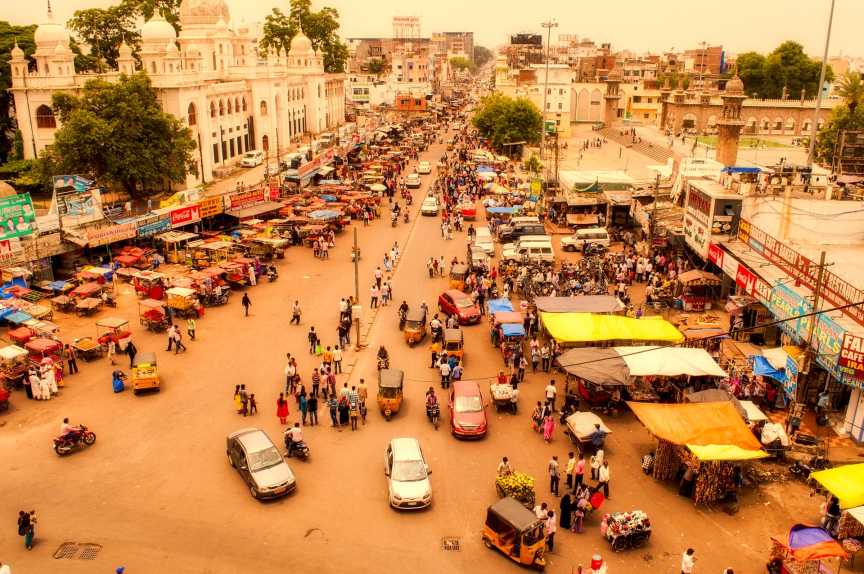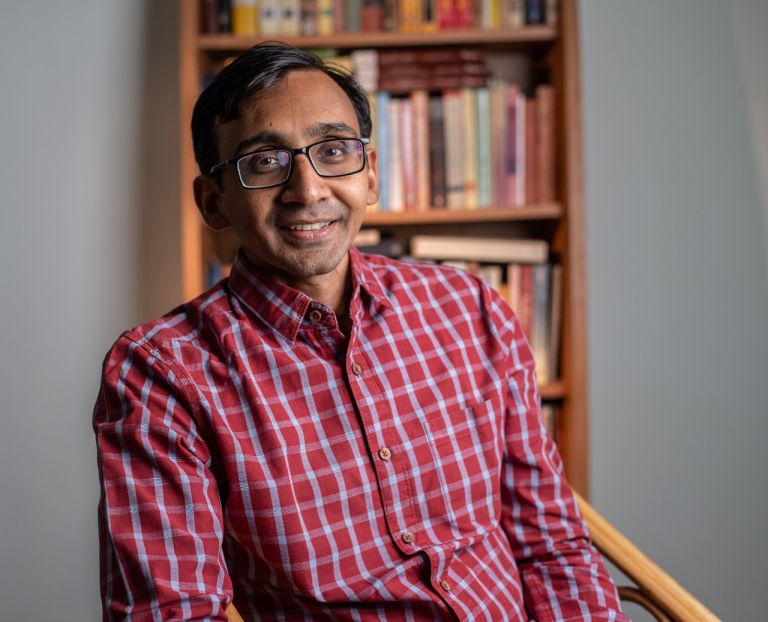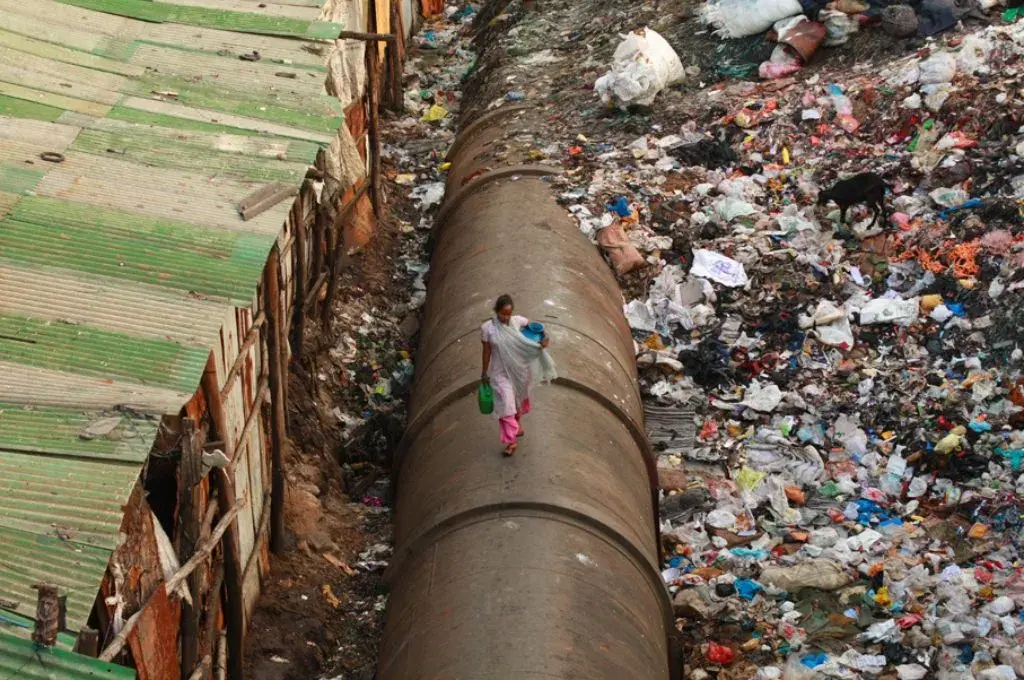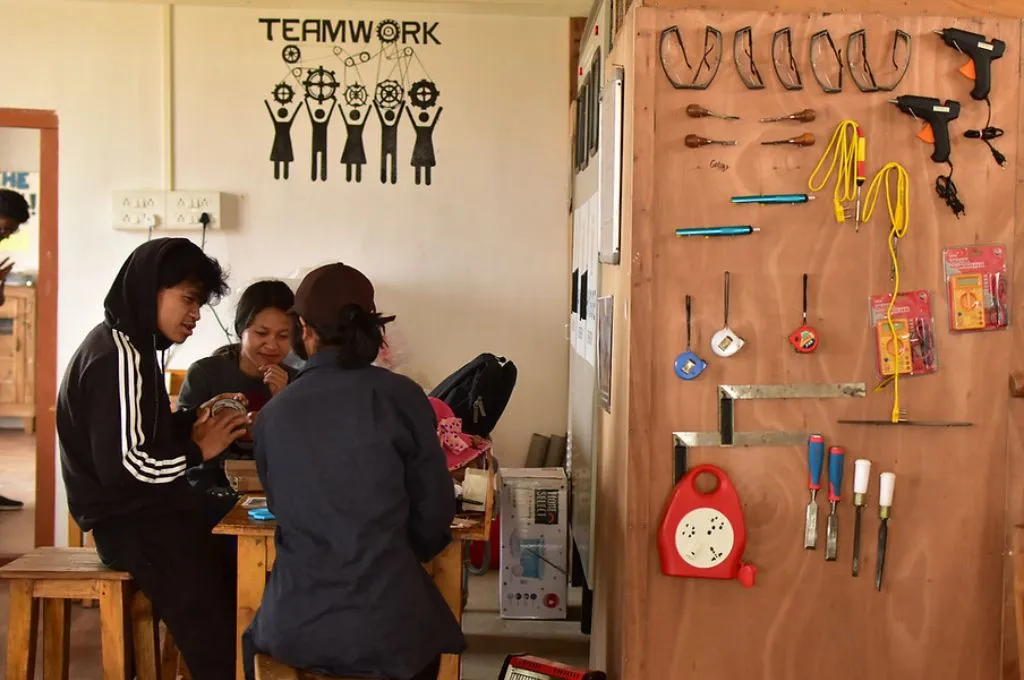At the national level, the government’s response by way of employment support has focussed on increased allocations to the Mahatma Gandhi National Rural Employment Guarantee Act (MGNREGA) programme and the PM Garib Kalyan Rozgar Yojana that is aimed at returning migrant workers. While these are, of course, important steps, a large urban public job creation programme with an employment guarantee is urgently needed.
There were several news reports in September suggesting that the central government was looking at introducing an urban employment guarantee (UEG) programme as a means of providing basic income security to the millions of urban workers who had lost their jobs during the pandemic (see this, this and this). Subsequently, a few op-eds have appeared in favour of and against this course of action.
Related article: How has NREGA fared during lockdown?
While these debates continue, several states have already launched urban employment programmes. In addition to Odisha’s Urban Wage Employment Initiative and Himachal Pradesh’s Mukhyamantri Shahri Aajeevika Guarantee Yojana (Chief Minister’s Urban Livelihood Guarantee Programme), the latest is Jharkhand’s Mukhyamantri Shramik Yojana (Chief Minister’s Workers Programme). It is still early to say much about the impact of these schemes, but Kerala’s Ayyankali Urban Employment Guarantee Scheme has been running for a few years already and can provide some lessons for the way forward. These are important steps, but they remain severely limited in scope and intent with budgets of just about Rs 100 crores or so.
Designing a UEG
The core idea of a UEG is that the government guarantees work at or just below the minimum wage in order to create public assets and provide income support to the urban poor. But a national UEG programme need not simply be an extension of MGNREGA to urban areas. In fact, it needs to be imagined differently given the differences between the rural and urban labour markets. For example, seasonal unemployment is much less prevalent in urban areas. Instead, we have a more-or-less constant degree of underemployment among casual wage workers and own-account workers. Urban local governance institutions are also much less participatory compared with the Panchayati Raj Institutions (PRIs). Private contractors play a much larger role in urban public works. And, lastly, the scope for public works is much more varied in towns as compared with the villages.
Notwithstanding these differences, there are also several lessons to be learned from MGNREGA’s operation and design. The core is the same in both MGNREGA and UEG: the government guarantees a certain number of days of work in a year per household or individual for anyone who demands it. Both are self-targeted programmes that provide income support to those in the bottom urban income groups. Payment systems, social accountability systems, and grievance redressal mechanisms for UEG can also be based on MGNREGA.

An improved quality of life of the marginalised in urban India is in and of itself a desirable outcome for a highly segregated and unequal society. | Picture courtesy: Pixabay
Taking these differences and similarities into account some of us had proposed such a programme last year, before the pandemic. More recently, the economist Jean Dreze has proposed a Decentralised Urban Employment and Training (DUET) scheme with a similar purpose.
Spending this money will assure a basic income of Rs 30,000 a year to the most vulnerable 10 million urban workers.
A UEG programme that covers an estimated 20 million urban casual workers for 100 days, with a wage rate of Rs 300 per day, would cost the union government around Rs 1 lakh crore.1 This is on the assumption that each of the 20 million workers will offer themselves for work on all 100 days. In reality, as private firms restart operations and livelihoods return to pre-pandemic levels, the total funds required for such a programme would come down. If only half of all casual workers (10 million) are covered (say by introducing the programme only in poorer states or districts), then the cost drops to Rs 50,000 crores. Spending this money will assure a basic income of Rs 30,000 a year to the most vulnerable 10 million urban workers. Assuming a household size of four, this would reach an estimated 40 million or 4 crore urban poor while creating much-needed urban public assets.
Answering the critics
One common criticism of a national urban jobs programme is that we cannot afford it. Some critics have specifically referred to our 2019 policy proposal, arguing that it would be prohibitively expensive. Certainly, a full-fledged national programme, as that proposed by us, with a living wage of Rs 500 per day and covering nearly 30 million urban workers, may not be affordable in a year that is going to see the deficit and the debt-to-GDP ratio reach historically high levels. But this is not the time to let the perfect be the enemy of the good. The truth is that any large investment in an urban public works programme will significantly alleviate suffering and poverty today.
Any large investment in an urban public works programme will significantly alleviate suffering and poverty today.
Apart from the expenses of the programme, three kinds of criticism have been made. First, that there is very limited scope for urban public works that can be undertaken. Second, that it will induce more migration to cities. Third, urban local bodies do not have the administrative or financial capacity to implement such a programme.
In fact, our 2019 proposals presented a very large list of urban works that could be carried out in the cities and towns. These include upgradation of public provisioning of basic services in urban slums, such as clean water supply, drainage, and sanitation; building and maintenance of roads, footpaths, and bridges; beautification and upkeep of public structures; creation, rejuvenation, and monitoring of urban commons (like water bodies and parks) and other tasks for ecological regeneration of urban areas; monitoring, evaluation, and surveying of air, water, and soil quality; work in municipal offices, schools and health centres; provisioning of care for children, elderly, specially-abled, and those in correctional facilities; and craft related works for artisans and craftspersons. The Jharkhand scheme has drawn on our list. The experience of Odisha, Kerala, Himachal Pradesh, and Jharkhand can further enrich our understanding of the nature of feasible works.
A UEG cannot be seen in isolation, rather it must be thought of as acting in concert with MGNREGA.
On migration, there are various creative ways to ensure some filtering of job applicants, including, as Jharkhand does, by restricting the scheme to those whose names do not appear on an MGNREGA card. While we do not recommend the course adopted by Jharkhand in this regard, the point is that the absence of thinking about eligibility criteria is a feeble reason for not having a UEG. But this does bring up a very important point. A UEG cannot be seen in isolation, rather it must be thought of as acting in concert with MGNREGA. If MGNREGA wages are increased to at least Rs 250 per day (as they must be to come close to state agricultural minimum wages) and 100 days of guaranteed work are provided, the earnings differential between the two programmes would not be substantial after we take into account the hardships of migrating and urban living.
Finally, on the problems with urban local bodies, it is, of course, true that they are currently administratively and fiscally constrained. But it is precisely a programme like a UEG that could help build capacity in these local bodies as well as improve the quality of urban public goods.
Related article: Looking for a new version of MGNREGA
What a UEG promises
Some of us, who are part of the Peoples’ Action for Employment Guarantee, have been engaged in a series of consultations with civil society actors, trade unions, academics, and government officials on the minimum principles of a UEG programme. Some of the issues we have discussed are the capacity of urban local bodies, migration, and the role of contractors. Consequent to the consultations, we have shared these principles with various officials in the central government. We should note that, in our consultations, we find broad support for such a scheme among civil society actors, workers’ organisations, researchers, and bureaucrats.
Critics of UEG have also been against MGNREGA. But from providing protection to addressing deprivation, to seeing people organising themselves around rights and creating useful assets, MGNREGA has played and can continue to play a transformative role. Therefore, it is a settled fact, as much as anything can be settled in economics, that despite several shortcomings, MGNREGA is an important and effective social support programme. The latest addition to our state of knowledge is a study by Cook and Shah that uses night-lights data to show that the programme increased per capita GDP by 1-2%. There is also substantial literature on the positive impact on farmers and landless labourers due to the assets created, and on women because of gender parity in MGNREGA wages.
Recently, one commentator wrongly claimed that MGNREGA had reduced private employment, and that UEG would also do so. But the research cited to support this claim shows that MGNREGA implementation led to a decline in self-employment, domestic work, and idle time. This is good news, not bad. India’s problem historically has been of underemployment, or disguised unemployment, where people are involved in low-productivity work. Hence, the fact that some of these low-productivity workers moved to MGNREGA is not only not surprising but is also an indicator of the programme’s success. Further, these people were not working for others (as is generally conveyed by the phrase ‘private employment’) but were self-employed. In fact, in more recent work, researchers find an increase in private employment as a result of MGNREGA disrupting the local employer-controlled labour markets.
Given the lack of social protection and the increasingly private provision of public goods like healthcare and education, a rise in the wage rate from very low levels is urgently needed.
A related criticism that misses the point is that MGNREGA has increased private sector rural wages. The concern is that a UEG will raise urban wages, thereby making Indian firms uncompetitive. But this is a feature and not a bug. That higher wages earned by poor labourers can be construed as a cause for worry is a sad reflection of how removed some commentators are from the realities of people’s lives. Even in urban India, wages for casual work remain abysmally low. Given the lack of social protection and the increasingly private provision of public goods like healthcare and education, a rise in the wage rate from very low levels is not only desirable but urgently needed.
Related article: Making labour systems work
This is not to say that there are no other consequences of a rise in wage levels in cities. The direct effect of higher urban wages will be on marginal employers who sell in price-sensitive urban markets and function on extremely thin margins. Higher wage costs may make these businesses unviable. There are some parallels to be seen in the effect of higher farm wages on farmer incomes. This needs to be considered in setting the wage levels of the UEG in accordance with minimum wage legislations in the country. However, it should also be noted that the customers of many of the businesses run by marginal employers also come from the poorer sections of society. It can therefore be expected that some of the increased wage cost would be offset by an increase in demand from those who benefit from the programme. Further, despite lower wages, Indian firms do not seem to be competitive with their Asian rivals for a variety of other reasons. Alleviating those bottlenecks (be they infrastructural or regulatory), is critical to becoming globally competitive. Holding down wages that are already low is not the solution.
Finally, there is the fiscal impact of such a policy, in terms of increasing debt, stoking inflation and affecting macroeconomic stability. There is a fear that the costs of such programmes will keep growing. This is unfounded. An increase in spending on a social protection programme would be an indicator of a crisis in the economy at large, and not a problem with the programme itself. Second, there is no evidence that MGNREGA or other such welfare transfer programmes have historically caused inflation in India. Third, asset creation and improvements in urban quality of life would be vital investments towards our urban futures. An improved quality of life of the marginalised in urban India is in and of itself a desirable outcome for a highly segregated and unequal society.
The time is therefore right for India to launch an urban employment guarantee programme.
- The labour budget is calculated by multiplying the number of workers (estimated from the Periodic Labour Force Survey 2018-19) with the wage rate and the number of days of assured work. We assume that the labour budget accounts for 50% of the total budget, instead of 60% as under MGNREGA, taking into account the fact that materials costs are likely to be higher in urban areas. We assume that the union government bears the expenses of the full labour budget and 75% of the non-labour budget.
This article was originally published on The India Forum.








